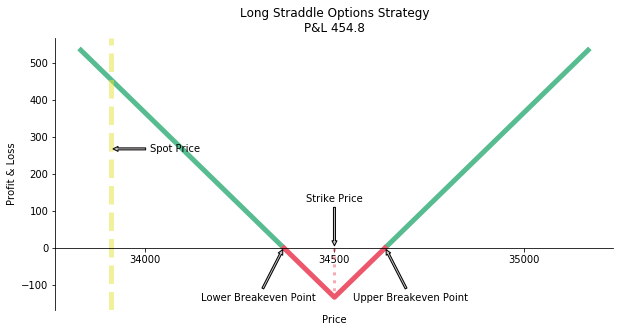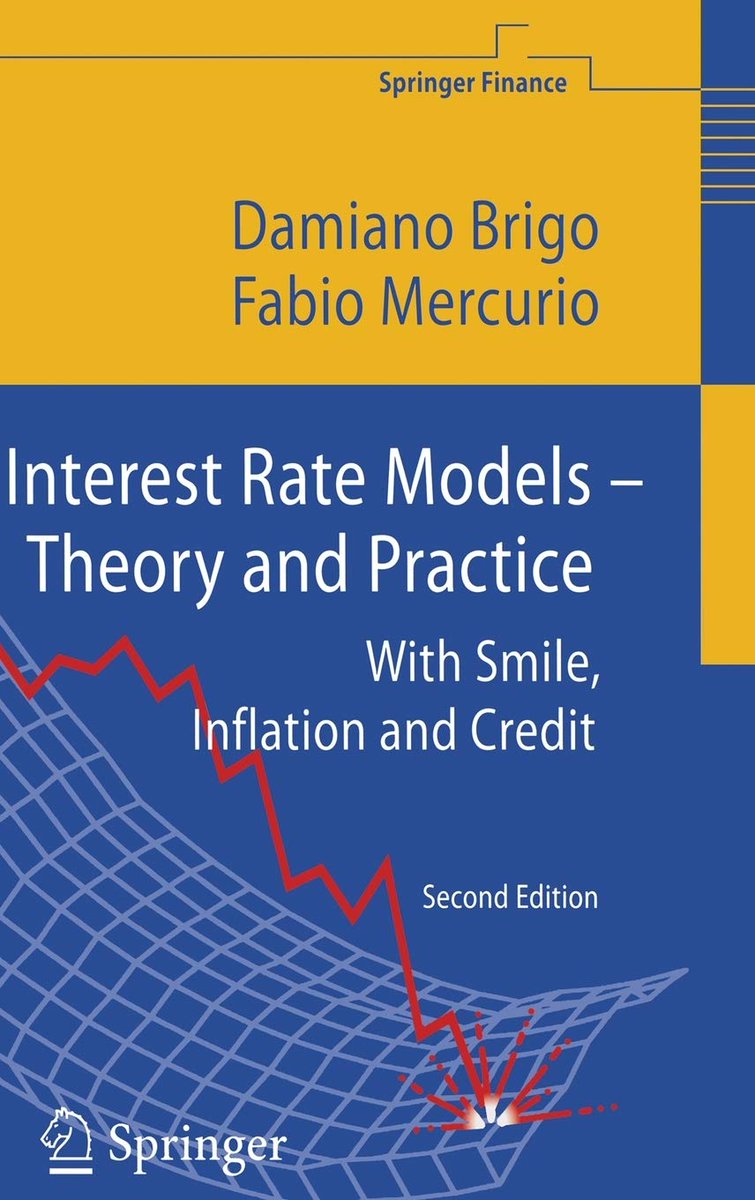These scripts include various types of momentum trading, opening range breakout, reversal of support & resistance, and statistical arbitrage strategies.
Plus, an options straddle backtest.
github.com/je-suis-tm/qua…
Plus, an options straddle backtest.
github.com/je-suis-tm/qua…
My professors taught me MATLAB during my master's degree—but no one uses MATLAB except for professors.
So to get a quant job, I spent 1000s of hours teaching myself Python.
Now I share what I've learned over 20 years every week with over 18,000 readers.
pythonforquantfinancemasterclass.com
So to get a quant job, I spent 1000s of hours teaching myself Python.
Now I share what I've learned over 20 years every week with over 18,000 readers.
pythonforquantfinancemasterclass.com
• • •
Missing some Tweet in this thread? You can try to
force a refresh

 Read on Twitter
Read on Twitter









